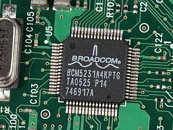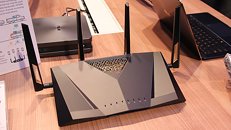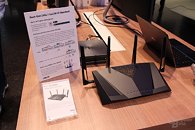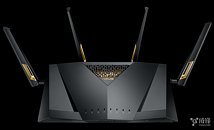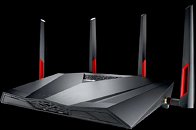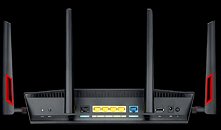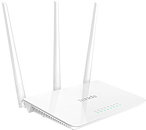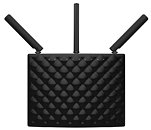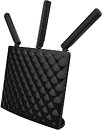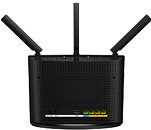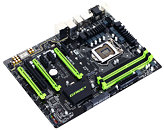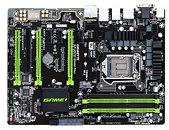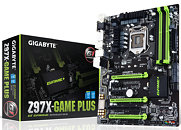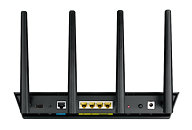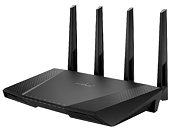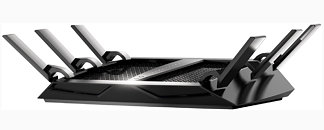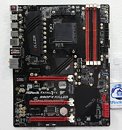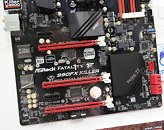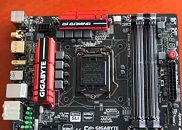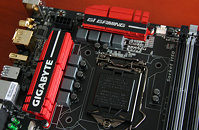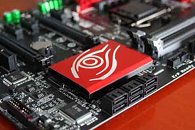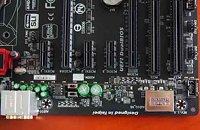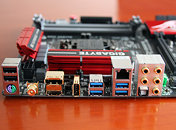While Sapphire's LGA1150 motherboard lineup came across as a little lukewarm, the company more than made up for that with its fleet of motherboards that take advantage of AMD's newest A-series and E-series APUs and SoCs. First, there's the PGS A320M, a micro-ATX motherboard that ships with a FirePro A320 socket FM2 APU pre-installed. Largely identical to an A10-5800K, and based on the "Trinity" micro-architecture, the A320 features FirePro-branded professional graphics that's certified for most modern 3D productivity applications, and can give display output at resolutions as high as 4096 x 2160. The board features one each of DisplayPort 1.2, dual-link DVI-I, and D-Sub display outputs. Other features include eight SATA 6 Gb/s ports, four USB 3.0, gigabit Ethernet (Broadcom controller), and 8-channel HD audio.
Things get interesting with a contraption called IPC-FS1r2A75. This board comes in a proprietary IPC form-factor, features an FS1 rev 2.0 socket, which seats R-series APUs, an embedded AMD Radeon E6000 series GPU based on the Graphics CoreNext arhitecture, with its own dedicated GDDR5 memory on-package, and AMD A75 FCH chipset. The board offers six mini-DisplayPort and four HDMI outputs, two DDR3 SO-DIMM slots, an open-ended PCI-Express 2.0 x4 slot, four mPCIe slots (in stacks of two), five SATA 6 Gb/s ports, six USB 3.0 ports, two gigabit Ethernet connections, and 6-channel audio.
